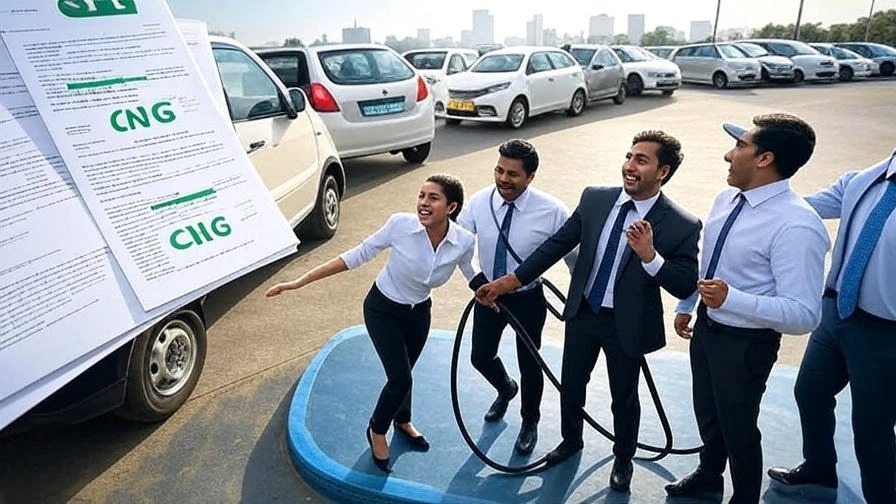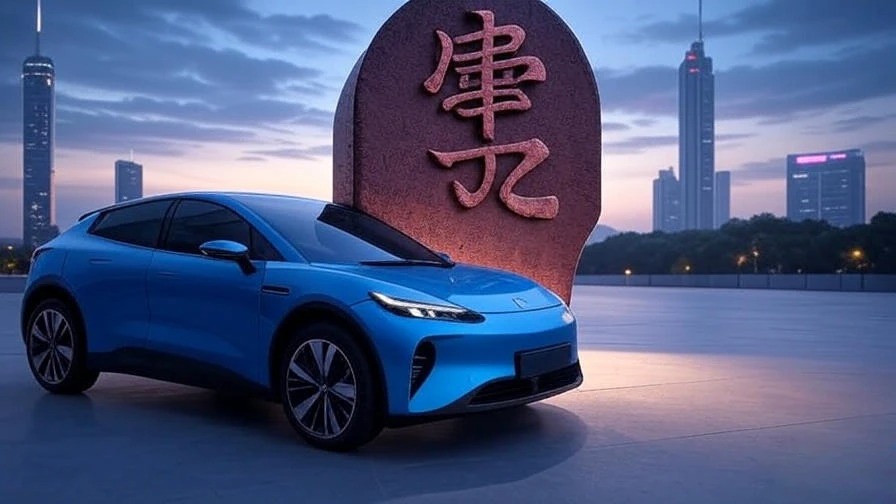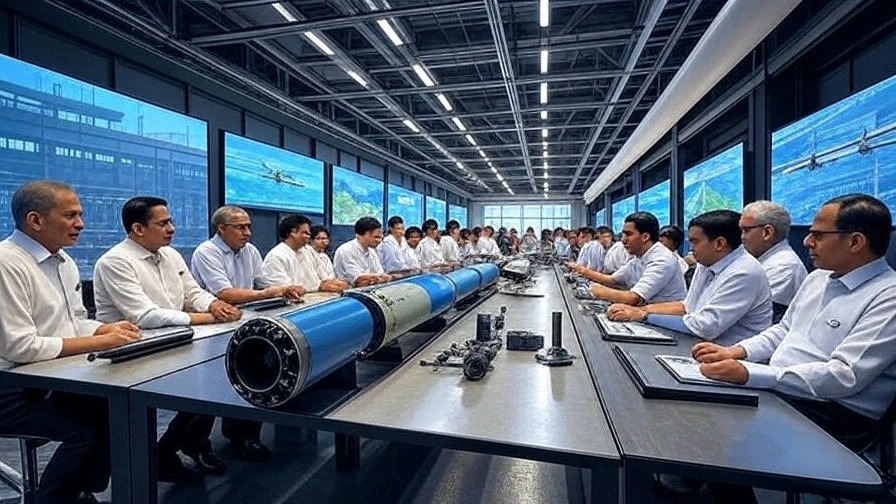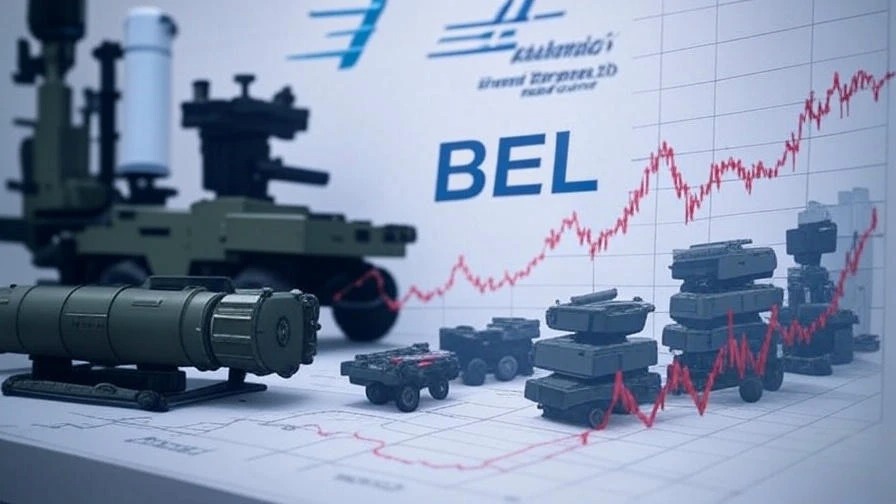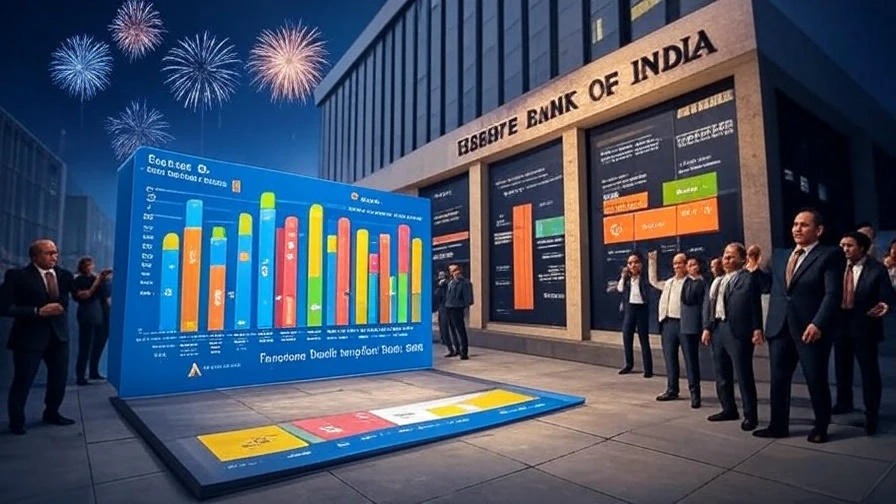The gas distribution sector got a surprising boost on Monday as Indraprastha Gas Limited (IGL) shares jumped nearly 5% following reports that Delhi government might soften its aggressive electric vehicle transition timeline. But is this rally sustainable, or just a temporary relief for a company caught in the crosshairs of India’s green energy push?
The Policy U-Turn That Sparked Market Excitement
IGL shares witnessed their best single-day performance in recent weeks, surging up to 4.84% to hit an intraday high of ₹208.50 on the NSE. The catalyst? Reports from Hindustan Times suggesting Delhi government is reconsidering its ambitious 2023 Electric Vehicle policy that mandated complete electrification across various transport segments by 2030.
This isn’t just any policy tweak – it’s potentially a game-changer for IGL’s business model. The original Aam Aadmi Party policy was incredibly aggressive, targeting everything from cabs to three-wheelers for mandatory electric conversion. Market participants, including global brokerage Citi, had called these targets “very hard to achieve realistically.”
The proposed revisions reportedly include relaxing EV transition deadlines for cab aggregators and delivery services – two segments that form the backbone of IGL’s CNG volumes. Additionally, the government is considering regulations on surge pricing for ride-hailing platforms, which could indirectly support traditional fuel demand.

Why This Matters for IGL’s Bottom Line
To understand the market’s euphoric response, you need to look at IGL’s revenue structure. The cab segment alone contributes 12-15% of IGL’s total CNG volumes – that’s a significant chunk of business that was under threat from forced electrification. Add the three-wheeler segment (contributing 3-4% of volumes), and you’re talking about preserving nearly one-fifth of the company’s gas sales.
The math is simple: if these segments continue using CNG instead of switching to electric, IGL maintains its volume growth trajectory. Given that the company has already lost ground in the bus segment – where DTC electrification reduced IGL’s share from 7-8% to just 2% – preserving the cab and three-wheeler markets becomes crucial.
Citi analysts seem convinced, maintaining their “buy” rating with a ₹250 price target. Their logic centers on the belief that pragmatic policy-making will provide substantial support to IGL’s business fundamentals.

The Financial Reality Check
However, euphoria aside, IGL’s recent financial performance presents a mixed picture that investors shouldn’t ignore. The March 2025 quarter showed a 1.9% decline in net profit to ₹3,451 million, even as net sales grew 9.5% to ₹43,408 million. This divergence suggests margin pressure – a concerning trend for any business.
The full-year FY24 numbers tell a more complex story. While net profit jumped 21% to ₹19,834 million, revenue actually declined 1% to ₹125,435 million. This indicates IGL managed to improve profitability through cost optimization rather than top-line growth – a strategy with limited long-term sustainability.
From a valuation perspective, IGL trades at a P/E ratio of 21.7x, which isn’t exactly cheap for a utility-like business facing structural headwinds from energy transition.
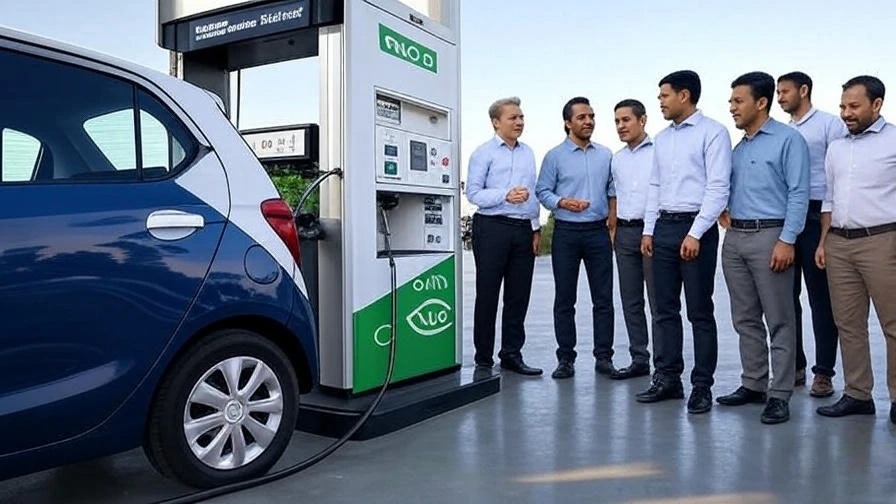
The Broader Market Context
IGL’s struggles aren’t happening in isolation. The stock has declined 12.3% over the past year, significantly underperforming the BSE Sensex’s 6.7% gain. The broader BSE Oil & Gas index fell 6.5% during the same period, with gas distribution peers like Adani Total Gas (-30.6%) and Gujarat Gas (-22.2%) facing even steeper declines.
This sector-wide weakness reflects investor concerns about the long-term viability of fossil fuel-dependent businesses in an increasingly electrified world. Monday’s rally might provide temporary relief, but it doesn’t change the fundamental narrative.
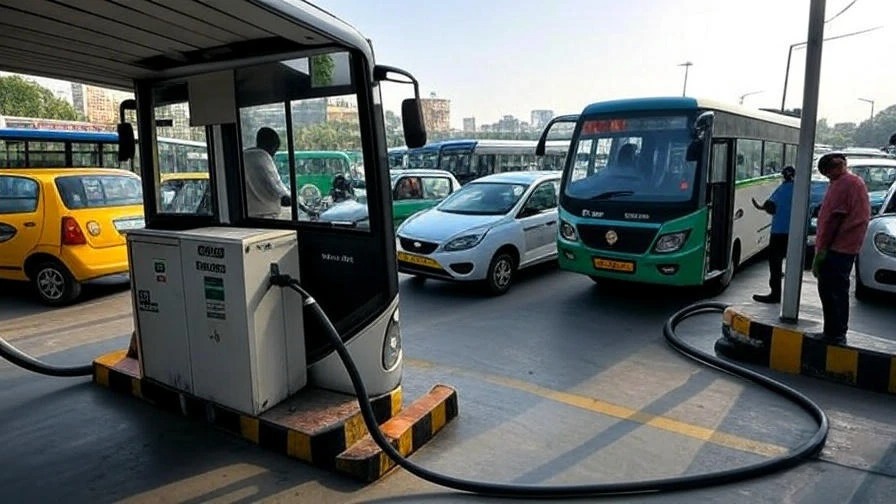
The Bull Case: Policy Pragmatism Prevails
Optimists argue that Delhi’s potential policy revision signals a more realistic approach to India’s EV transition. Complete electrification by 2030 was always ambitious – the infrastructure, technology costs, and consumer adoption rates simply weren’t aligned with such aggressive timelines.
If the policy revision materializes, IGL could see:
- Sustained CNG demand from cab and delivery segments
- More predictable volume growth trajectory
- Better capacity utilization of existing infrastructure
- Time to diversify into new business areas
The company has already demonstrated resilience by adapting to bus segment electrification. A more gradual transition timeline would allow IGL to execute similar adaptations across other segments without facing a cliff-edge scenario.
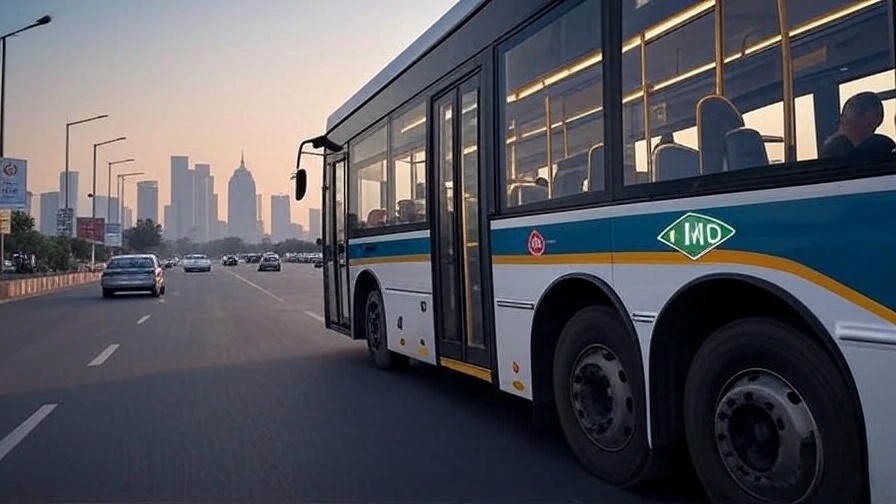
The Bear Case: Delaying the Inevitable
Skeptics, however, view this as merely postponing the inevitable. India’s commitment to net-zero emissions by 2070 and various state-level EV incentives suggest the electrification trend is irreversible, regardless of timeline adjustments.
Key concerns include:
- Policy uncertainty creating volatile business conditions
- Continued margin pressure from competitive dynamics
- Limited growth options in a structurally declining market
- Potential for future policy reversals as EV infrastructure improves
Moreover, relying on policy delays rather than fundamental business transformation raises questions about management’s long-term strategy.
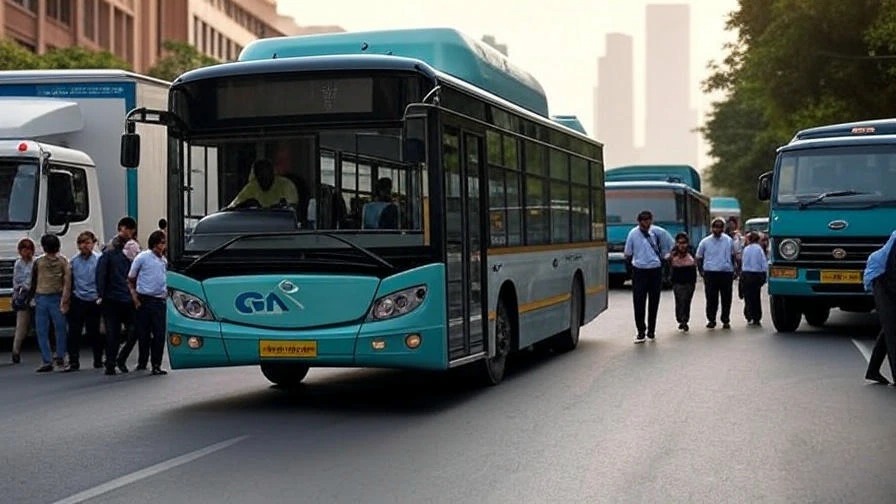
The Verdict: Cautious Optimism with Clear Risks
Monday’s rally reflects genuine relief among investors who had written off gas distribution companies. The potential policy revision does provide breathing room and could support near-term financial performance.
However, this shouldn’t be mistaken for a long-term solution. IGL remains a business in transition, caught between today’s reality and tomorrow’s inevitability. The policy revision, if it happens, buys time – but what the company does with that time will determine its future.
For investors, IGL might offer tactical opportunities during policy-driven rallies, but the long-term investment thesis remains challenging. The stock could see further upside if policy revisions are formally announced, but any investment should account for the sector’s structural headwinds.

Disclaimer: This analysis is for informational purposes only and should not be considered as investment advice or a recommendation to buy or sell IGL shares. The gas distribution sector faces significant long-term challenges from energy transition policies. Investors should conduct thorough research and consult qualified financial advisors before making investment decisions. Past performance does not guarantee future results.
